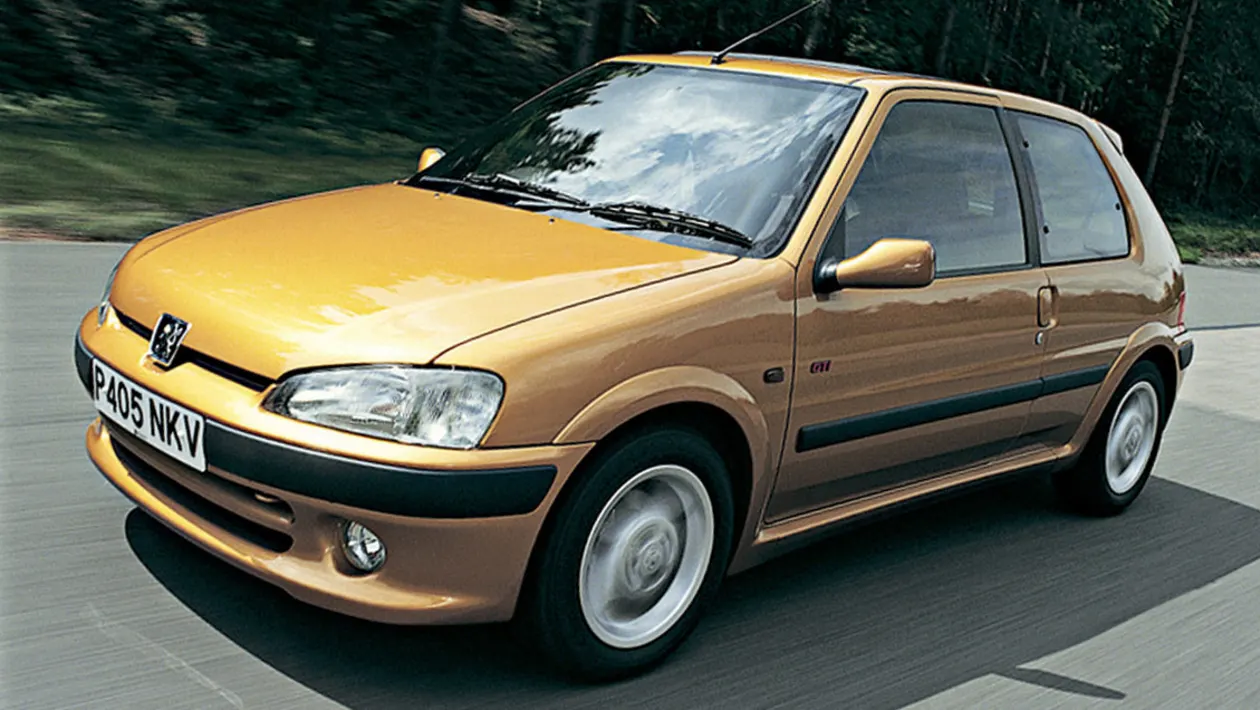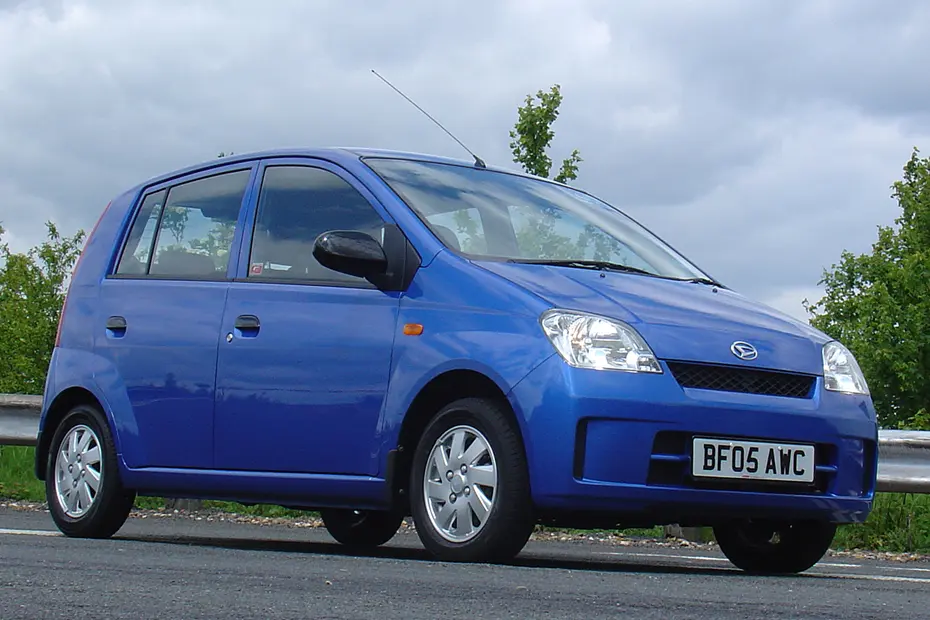A Look at the Early Years of JGTC (Japan's Greatest Race Series)
Plenty of countries have their own regional race series such
our own BTCC as well as America’s ALMS and Germanies DTM. But you may not have
heard of Japan’s JGTC.
The JGTC (Japanese Grand Touring Championship) began in 1994
following the European GT1 & GT2 regulations with a rather unambitious
start. The series was 5 races long and mostly made up of homegrown Nissan
Skylines, who’d having previously dominated the All-Japan Touring Car
Championship from 1990 to 1992. But the season did contain a variety of
machines. 2 Porsche 962C’s and 2 Ferrari F40’s entered by team Taisan who both
proved to be close rivals to the Nissan’s, a Lamborghini Countach (built by the
Japanese Lamborghini Owner’s Club) and for Round 3 at Fuji, an ex-Group B
Lancia 037. The winner for GT1 was team Calsonic’s Nissan Skyline and the GT2
winner was Korg Kegani’s Porsche 964 RS.
Immediately the series was a hit, and it’s easy to see why,
the races were always close, mainly because for every point you scored, you had
a 2KG weight penalty meaning that the Calsonic GT-R in the final race had more
than 120 KG slowing it down, plus a majority of cars featured were homegrown
Japanese sports cars creating a sense of national pride that their own sports
cars were just as fast as the various European supercars competing against them.
Following their win in ‘94, the Calsonic Skyline won again
in ‘95 only for the following year to be beaten by the factory backed McLaren
F1 GTR. The 1996 season saw the switch from GT1 and GT2 to GT500 and GT300
following the rising costs of the series at the time, 1996 also saw the arrival
of both the Honda NSX, Toyota MR2 and Lamborghini Diablo Jota. Though McLaren
left the following year citing the penalties that would be introduced on the
car as the reason for leaving as the car would be uncompetitive, but McLaren
would re-enter with it’s longtail redesign from ‘99 to ‘03 by the Take One
team.
Then in 1997, an epic season long battle between Nissan and
Toyota took place with Toyota swapping the heavy iron block 2JZ for the 2 litre
4-cylinder turbo WRC engine used in the Celica and Corolla making 497 BHP. The
#36 Castrol Supra eventually took the overall win, having won 4 races of the 6 race season and took a 1-2-3 finish in the points chart. What’s more, JLOC, eager to
score some points had a purpose-built Lamborghini Diablo GTR for the series
though it still didn’t do very well compared to the well proven Nissan’s,
Toyota’s and Honda’s. 1997 also saw Taisan swap their Ferrari F40 for the Dodge
Viper and for round 4 only, a Chevrolet Camaro entered by Susuki Racing joined the GT500
category but sadly didn’t finish. This year also saw the entry of a Ferrari 355
and a Toyota Cavalier (basically a rebranded GM Cavalier) in the GT300 category
whilst the GT500 category was mostly made up of closely matched Skyline R33’s,
Supra’s and Porsche GT2’s.
But the following year, Nissan once again took the crown for
the 1998 series with the Pennzoil R34 GT-R, winning the first 2 races at Suzuka
and Sendai whilst the 3 Honda NSX’s won the other races and in GT300, Team
Taisan Jr.’s Toyota MR2 won all bar 1 of the 6 races. This year also saw an improvement
for the JLOC team, with the #88 Diablo GT-1 finishing 9th and 10th
at Sendai and Motegi whilst neither of the 2 Ferrari 355’s scored any points at
all.
The final year I’ll cover is 1999 which was once again won
by the Pennzoil Skyline and Taisan Jr. MR2, but there was 1 entry that
overshadowed even the return of the McLaren F1. The KRAFT Toyota AE86 GT300, we’d
seen oddities like the Lancia 037 and Chevrolet Camaro but this was odd in that
it was a nearly 10 year old car competing with Porsche 911’s, Toyota MR2’s and
Celica’s and Nissan 200SX’s, and yet the team finished in the top 10 in all bar
2 races and never broke down. Truly, an amazing machine that sadly caught fire
in 2001 and couldn’t be saved.
It was around this time that the JGTC really started to separate
from the GT and IMSA series as the GT500 cars became less and less like the
road cars they were based on and more like purpose built race cars, in fact by
the early 2000’s the average GT500 Honda NSX was 3 seconds a lap faster than an
equivalent GT1 Maserati MC12 despite the GT1 cars having 100 more BHP and being
on average 10 MPH faster at the top end, the reason why (despite these
advantages) the GT1 cars were so much slower was because of the much higher
downforce provided by the larger diffuser’s and wings on JGTC cars which were
then renamed to Super GT in 2004.
Now you may be wondering, what happened to team JLOC? Well,
after years of failing to be competitive, in 2006, JLOC changed from GT500 to
GT300 with their Murcielago and won the first race in class at Suzuka, and they
are still competing to this day with a Huracan EVO and are leagues ahead of
where they were originally, considering they scored no points (except in 1998)
from 1995-2004. Today, the Super GT series is still quite popular with Nissan,
Honda and Toyota still competing against each other with several other European
cars like JLOC’s Huracan filling the grid. Though I think it will be hard to
beat those early years when some of the most legendary sports cars of the 20th
century did battle in some of the best racing I’ve seen yet.




Comments
Post a Comment